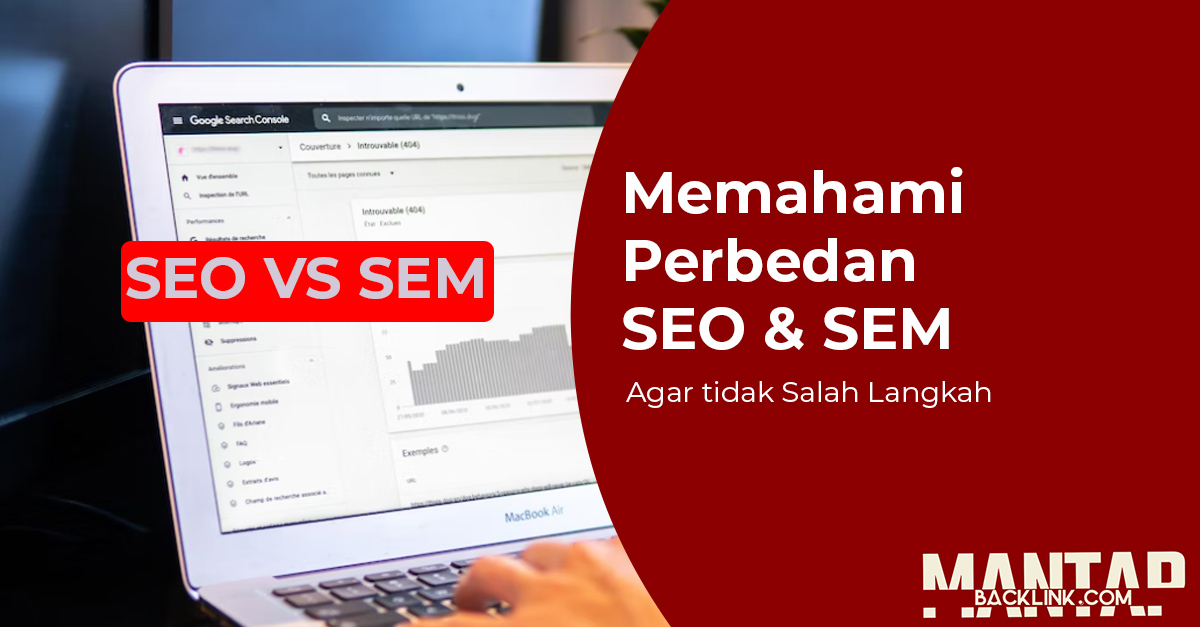In the digital marketing landscape. Two terms that often create confusion are SEO (Search Engine Optimization) and SEM (Search Engine Marketing). While both are important components of a comprehensive online marketing strategy, they serve different purposes and require distinct approaches. In this article, we will explain the differences between SEO and SEM. And provide insights into how you can leverage each to improve your website’s visibility and online presence.
Read More: Social media services India | ecommerce developers india
What is SEO (Search Engine Optimization)?
SEO refers to the process of optimizing your website’s content, structure, and design to improve its visibility. On search engine result pages (SERPs) for relevant keywords. The primary goal of SEO is to increase organic, or non-paid, traffic to your website. The higher your website ranks on SERPs. The more likely users are to click on your link and visit your site.
SEO is an ongoing process that involves several key components:
- Keyword Research: Identifying the most relevant and valuable keywords for your website’s content.
- On-Page Optimization: Ensuring your website’s content, meta tags, headings, and images are optimized for target keywords.
- Technical SEO: Optimizing your website’s structure, code. And performance to make it easy for search engines to crawl, index, and understand your content.
- Off-Page Optimization: Building high-quality backlinks and creating a strong online presence through social media, content marketing, and local SEO.
What is SEM (Search Engine Marketing)?
SEM encompasses both organic SEO and paid advertising strategies, such as pay-per-click (PPC) campaigns, to increase your website’s visibility on search engine result pages (SERPs). While SEO focuses on improving organic search results, SEM typically involves paid advertising methods, such as Google Ads, Bing Ads, and social media advertising.
The primary goal of SEM is to increase your website’s visibility and drive targeted traffic through both organic and paid strategies. Key components of SEM include:
- Paid Advertising Campaigns: Creating and managing PPC campaigns on search engines and social media platforms.
- Ad Copy and Design: Crafting compelling ad copy and visuals that resonate with your target audience and encourage them to click on your ads.
- Keyword Bidding: Competing with other advertisers to secure ad placements for specific keywords.
- Landing Page Optimization: Designing and optimizing landing pages to improve user experience and increase conversion rates.
SEO vs. SEM: Key Differences
While both SEO and SEM aim to improve your website’s visibility on search engine result pages (SERPs), they differ in several aspects:
- Organic vs. Paid: SEO focuses on increasing organic search results, while SEM encompasses both organic SEO and paid advertising strategies.
- Cost: SEO generally requires a smaller budget but a longer timeframe to see results, whereas SEM can provide immediate results but often requires a larger budget.
- Long-term vs. Short-term: SEO provides long-lasting benefits and builds a strong online presence over time, while SEM offers more immediate results that may not last as long without continuous investment.
Which One Is Right for Your Business?

The choice between SEO and SEM depends on your business’s specific needs, goals, and budget. For long-term success and a strong online presence, SEO is essential. However, if you need quick results and have the budget for it, SEM can be an effective way to drive targeted traffic and generate immediate leads.
Ideally, businesses should implement a combination of SEO and SEM strategies to maximize their online visibility, reach a broader audience, and achieve their marketing goals.
Read More – Marketing Strategy Perth | Cheap and discounted Printing Warehouse Perth |Android apps development Perth

